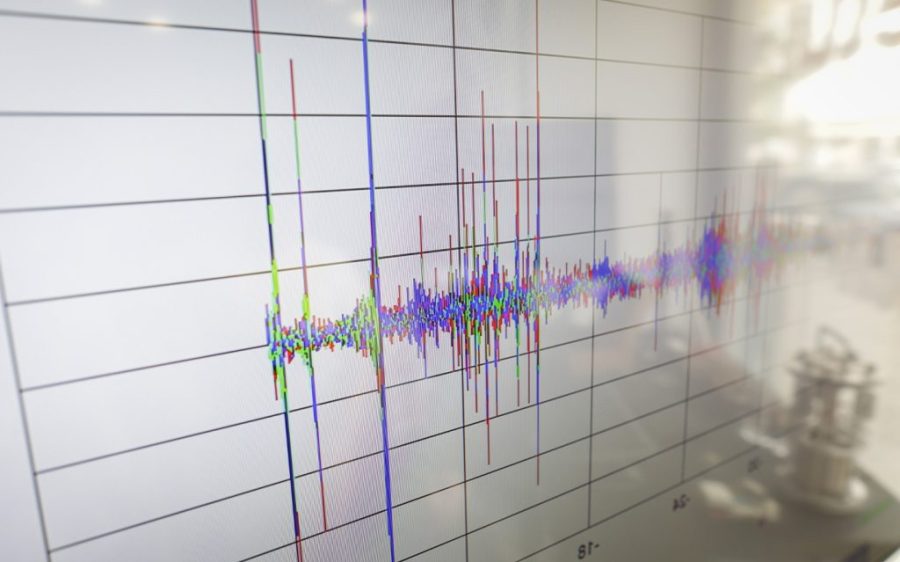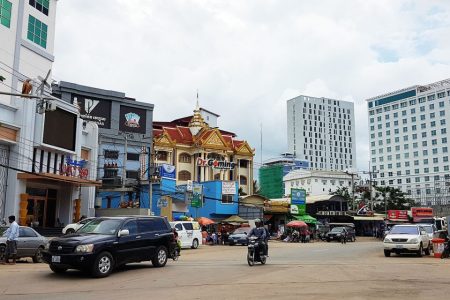As rumours of a July megaquake leave many in Asia anxious about visiting Japan this summer, the head of the country’s meteorological agency urges people not to worry over what officials say is a baseless prediction.
According to the Mainichi newspaper, director general Ryoichi Nomura of the Japan Meteorological Agency (JMA) said people should disregard the rumour, which traces back to a 2021 manga titled Watashi ga Mita Mirai Kanzenban (“The Future I Saw: The Complete Edition”). In it, creator Ryo Tatsuki predicts that a tsunami three times larger than that of the 2011 Tohoku earthquake will hit Japan on 5 July 2025, possibly hitting the Philippines, Taiwan and Indonesia as well.
Tatsuki purports to have accurately predicted past events – including Tohoku – garnering her credibility with some. Their concerns were compounded by an influential feng shui master offering her own prediction, as well as well-meant but ill-timed advice about natural disasters from the Chinese embassy in Japan.
“Any such prediction is a hoax, and there is absolutely no need to worry about such disinformation, ” Nomura told reporters, noting the severe scientific limitations to predicting earthquakes, particularly four years in the future.
Earthquakes are common in Japan, which, along with its surrounding area, accounts for nearly a fifth of the world’s earthquakes. Located at the boundaries of four tectonic plates, Japan is subject to multiple subduction zones – areas where one plate can plunge beneath another, with the accumulating strain released as seismic activity.
[See more: What’s behind these weird viral rumours of a massive earthquake in Japan in July?]
Most of the roughly 1,500 earthquakes that occur each year are so minor they go unnoticed. Others, like Tohoku, are strong enough to cause widespread damage and fatalities.
Recent years have seen researchers estimate an 82-percent chance of a megaquake in the Nankai Trough in the next 30 years, and a 40-percent chance of a megaquake near the Chishima Trench in the same time period. Earthquakes that reach or surpass magnitude 8 are considered megaquakes, causing widespread destruction, fire and potentially triggering a tsunami.
At the same time, Japan has spent decades making itself more resilient to earthquakes, educating the population and building infrastructure that can weather a quake. Japan has also developed an early warning system for the more dangerous earthquakes, which issues automatic alerts that “[provide] valuable seconds” for people to take shelter, trains to slow and factories to halt assembly lines.
All of these measures allow the earthquake-prone Japan to rate as having a “low” disaster vulnerability, with casualties reduced to a tiny fraction of what is seen from similar magnitude quakes in another country. Even the estimations of megaquakes are part of an ongoing preparedness effort to keep the Japanese people – and those visiting from abroad – as safe as possible when disaster does strike.
As Kimiro Meguro, a professor of disaster mitigation engineering at Tokyo University, told the South China Morning Post when the baseless rumour began circulating in April, “Rumours like this only make people nervous and groups of people who are nervous can be dangerous in a different way.”






